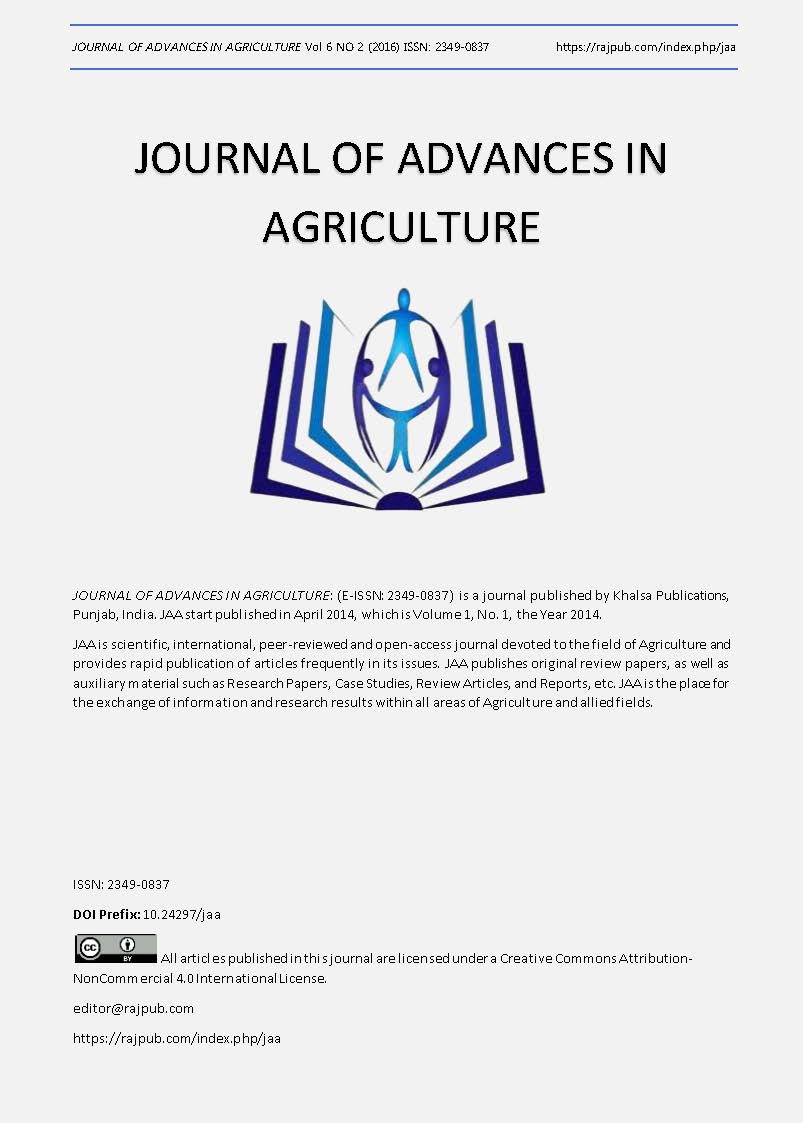Overview of sugarcane chain in Brazil
DOI:
https://doi.org/10.24297/jaa.v6i2.5375Keywords:
Mapping, Quantification, Sugar Cane, ChainAbstract
In 2013, Brazil was the world's largest producer of sugar cane with a share of 39.4%. The aim of this paper is to present a method for mapping and quantification of productive chains and discuss the results of this method in the sugar cane chain in Brazil. To achieve this, was applied the method CHAINPlan which was developed by Prof. Marcos Fava Neves in 2004 focusing in strategic planning and management of agribusiness systems. The complete overview of a chain is justified by bringing greater transparency to the sector, clarifying myths and adding value to the image of the chain. The sugar cane chains GDP was US$ 43.4 billion, equivalent to 2% of brazilian GDP or almost the overall economic output produced in a country like Paraguay, North Korea, Afghanistan, Jamaica and Estonia. Total gross revenue (financial movement of a chain in a year) of the sugar cane chain was about US$ 107.7 billion. The values presented here do not represent a census, but the attempt to estimate the gross value of production. This data serves as input for public and private decision-making, showing who participates, the interconnecting links among chain participants and the industrys capacity to generate resources, taxes, and jobs.
Downloads
Downloads
Published
How to Cite
Issue
Section
License
 All articles published in Journal of Advances in Linguistics are licensed under a Creative Commons Attribution 4.0 International License.
All articles published in Journal of Advances in Linguistics are licensed under a Creative Commons Attribution 4.0 International License.




